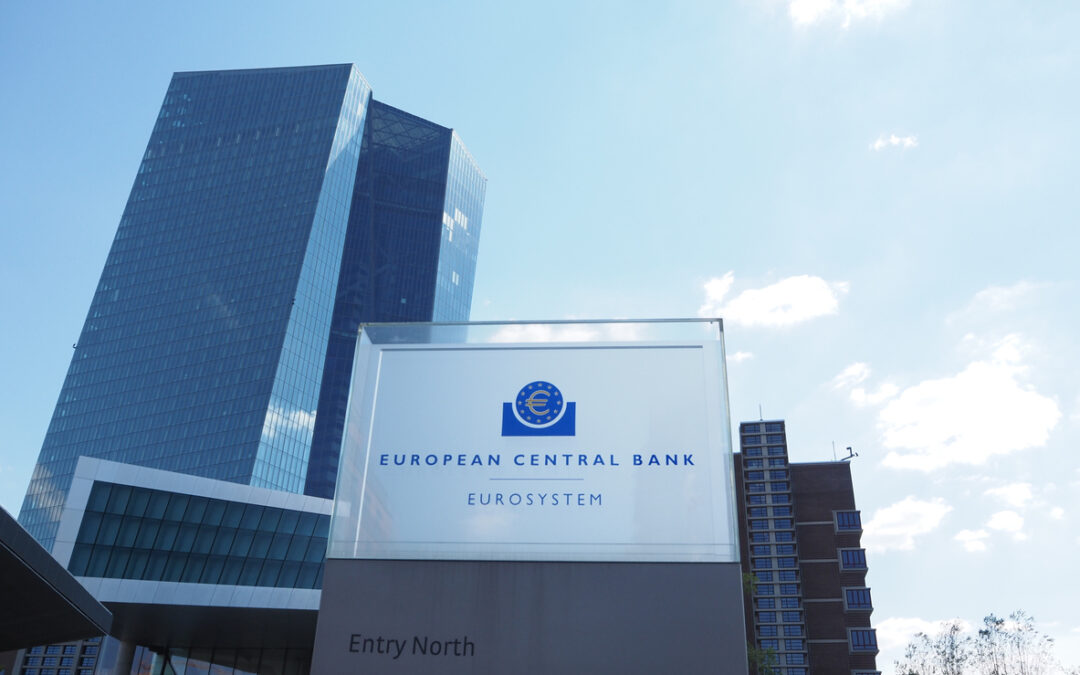Today, the European Central Bank (ECB) announced changes to its operational framework. This is the set of rules and tools the ECB uses to manage short-term interest rates in the Eurozone, aiming to keep prices stable.
At Positive Money Europe, we believe the ECB’s decision (more on what it entails below) is a first positive move in the right direction. We’re glad that the ECB is considering key aspects – such as its crucial role in supporting the transition to a greener economy – in its framework. However, whether this new approach will be effective will depend on the design of the actual tools for providing liquidity. In this article, we have summarised the main elements to keep in mind regarding this crucial decision.
What is the ECB’s operational framework?
The operational framework is the toolbox the ECB uses to implement its monetary policy and maintain price stability. Think of it as the control panel of a car, where the ECB adjusts the dials (interest rates) to keep the car (the price and financial systems) running smoothly. The operational framework relates to how the ECB adjusts these dials, which is to say, how it sets interest rates.
The ECB sets three key policy rates to influence financial markets:
- The Main Refinancing Operations rate, which is the interest rate that commercial banks pay to borrow money from the ECB for one week.
- The Deposit Facility rate, which applies to the overnight deposits that banks hold at the ECB.
- The Marginal Lending Facility rate, which is the interest rate that commercial banks pay if they need to borrow from the ECB quickly (overnight).
These rates form a ‘corridor’ – the Marginal Lending Facility rate is at the top, the Deposit Facility rate at the bottom and the Main Refinancing Operations rate in the middle. The short-term interest rate (also called operational target) fluctuates within this ‘corridor’, depending on the amount of deposits, or reserves, that commercial banks have.
The ECB provides these reserves to banks by increasing the size of its balance sheet, which is the statement of assets, liabilities and capital that the ECB holds. When the ECB gives a loan, it’s similar to when a commercial bank does so. Its balance sheet grows because it adds the loan as an asset. At the same time, it creates reserves, which are commercial banks’ deposits, and these are recorded as liabilities. The ECB also expands its balance sheet and generates reserves when it buys a bond.
What’s the current state of the operational framework?
In “normal” times, the ECB provided only a small amount of reserves to banks, to minimise its influence on the financial system. However, after the global financial crisis, the ECB implemented unconventional policies, like long-term lending operations to banks and asset purchases, to stimulate the economy. These measures increased the ECB’s balance sheet and filled the banking system with reserves, moving the operational target to the bottom of the ‘corridor’.
With inflation rising in recent years, the ECB has been increasing interest rates and decreasing its balance sheet to ‘cool down’ the economy.
What changes has the ECB decided to make?
The ECB has decided that once it finishes reducing its balance sheet, it will maintain the same system, where the operational target is kept at the floor of the ‘corridor’ and the Central Bank decides the amount of reserves that banks hold. However, the ECB aims at keeping a smaller balance sheet than in recent years.
To provide liquidity, the ECB will use a mix of tools. These include the Marginal Refinancing Operations facility, longer-term refinancing operations (long-term loans to banks from the ECB), structural longer-term refinancing operations and a structural portfolio of securities. The latter refers to the financial assets that the ECB will purchase to provide liquidity.
What next steps should the ECB take?
The operational framework announced today takes the first necessary steps to innovate monetary policy in order to address current challenges, such as climate and environmental issues. What should the ECB put in place to continue on the right path?
We propose that structural liquidity provisions should include bonds and loans that support projects for a green and just transition. For example, the ECB could provide long-term financing with good conditions to banks that lend to environmentally friendly sectors, such as clean energy projects and house retrofitting.
We also suggest that the ECB applies different interest rates to different parts of the reserves. This would allow the Central Bank to consider the distributive effects of their policy decisions. For example, by increasing the minimum amount of reserves that banks are required to hold and on which the ECB doesn’t pay interest, the Central Bank could ensure that high interest rates do not contribute to excessive profits for the banks.
This way, the ECB would ensure that its monetary policy is not only effective, but also forward thinking and responsive to the needs of the 21st century.

